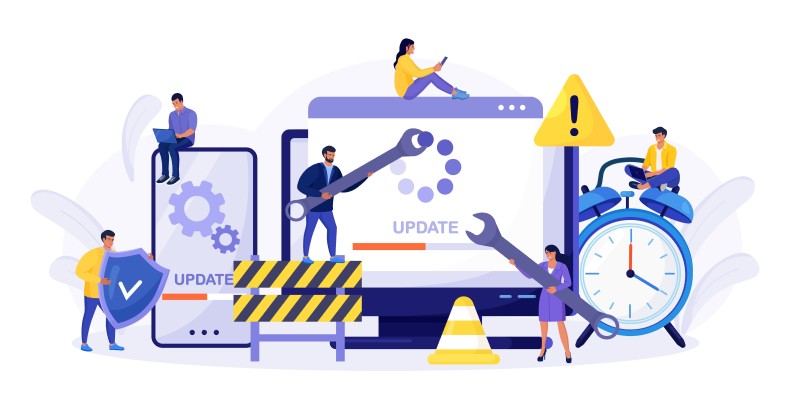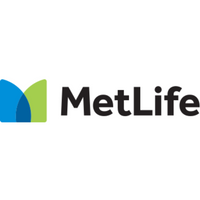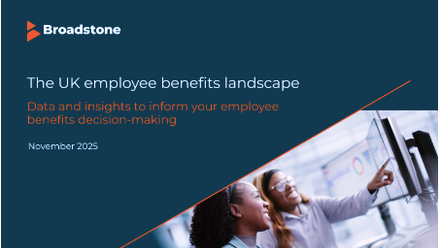The biggest mistake employers make with income protection - and how to fix it
In the race to offer competitive employee perks and headline benefits, Group Income Protection (GIP) is often left out of the spotlight. It’s not always featured in onboarding packs, seldom explained in team meetings, and sometimes rarely mentioned until someone is already off sick.
And yet, when used properly, GIP can be one of the most powerful tools in an employer’s wellbeing arsenal, not just as a financial lifeline, but as a mechanism for prevention, recovery, and retention.
“Too often, GIP is seen as something you buy, set up, and hope you never have to use,” said Anthony Sly, lead medical services consultant at MetLife. “But that mindset misses the entire upstream value GIP can bring in preventing absence in the first place.”
Many employers think of GIP as a last resort, failing to communicate what it really offers: a front-line resource for rehabilitation, return-to-work planning, and everyday wellbeing.
That silence comes at a cost. Delayed intervention means longer absences, more claims, and avoidable losses in productivity. Fixing it starts with one shift, Sly says: better communication.
Bridging the awareness gap around GIP
“Most employees don’t realise they have access to income protection, let alone the full suite of services it includes,” said Kate Howarth, head of people at YuLife. “It’s not a flashy or immediate benefit, so it often gets overlooked.”
At YuLife, she said, the team tackles this through gamification. By making wellbeing a daily habit - and housing all benefits inside the YuLife app - insurance becomes something people engage with regularly, not just when crisis strikes.
“As a result, we find that employees are more educated around their benefits,” she said. “They know what they have and how to use it, without having to search through HR portals or inboxes.”
But for many companies, this level of awareness is still far off.
A benefit lost in translation
Sly pointed to a common failure in internal communication. “Even when an employer knows about early intervention and rehab support, that information doesn’t always get cascaded down to managers or shared with employees,” he said.
This disconnect often stems from how GIP is purchased: “We present it to a company’s finance directors, who might be focused on pricing and coverage. But unless someone actively brings HR and line managers into the loop, the real value often doesn’t filter through.”
That value includes return-to-work planning and workplace adjustments, fast access to clinical and psychological support, and ongoing case management and recovery planning.
These services, when communicated clearly and consistently, can dramatically reduce absence length and help employees navigate their recovery with clarity and confidence.
But too often, this crucial layer of support remains underutilised simply because no one knows it’s there.
Lessons from leading employers
Some companies, however, have broken the mould. Sly cited a client of MetLife as an example of a large corporation that has made great strides in communicating the real power of GIP.
“This company made a strategic decision to empower its team leaders,” he said. “We worked with them to train managers at the team level so they fully understood what income protection entailed and could explain it to staff.”
That shift - from GIP being an HR secret to a frontline tool - had a measurable impact on outcomes. Other clients in other industries have made similar strides.
“Sometimes it’s not until a claim doesn’t go well that an employer realises what support could have been offered,” Sly said. “Now we see many companies bringing in brokers and insurers earlier to train managers and refine their internal processes.”
The lesson: true communication goes beyond posters and benefit guides. Your message will get further reach by empowering the people closest to your employees - your line managers and team leads - with the knowledge and tools to act.
Technology’s role in better communication
Tech can make or break the chain of communication. With YuLife, for instance, the employee app functions as an always-on benefits hub. “People can see their income protection details, access EAP or Virtual GP, and engage with wellness challenges all in one place,” said Howarth.
It’s a game-changer for busy teams. “They don’t have to dig through emails or intranets. And for HR, it reduces the number of questions and confusion around what’s covered.”
Sly added: “Apps give us a cost-effective way to reach people directly. But you still need a strategy behind it - something that makes wellbeing a shared priority across the organisation.”
What employers can do now
According to Sly, the first step is recognising that GIP is part of your wellbeing strategy, not just a policy document.
“Make health and wellbeing a co-priority that gets cascaded down to all managers,” he saysid. “Have a clear, caring communication strategy. Make sure your absence reporting systems are confidential and accessible. And most of all, don’t silo your benefits. Bring them together into something cohesive.”
That means analysing absence trends to understand what’s driving time off, training managers on how and when to escalate concerns, reviewing how benefits are presented and accessed, and asking providers to support onboarding and comms, not just claims.
“Look at the value-added services,” Sly said. “Ask if they’re being used. And if not, what needs to change in how you communicate them.”
Income protection only works if people know it exists and how to use it. If you’re treating GIP like a contingency plan, you’re missing the point.
“Work doesn’t have to be a risk to health,” said Sly. “With the right culture and communication, it can be a driver of health.”
Supplied by REBA Associate Member, MetLife
At MetLife our aim is to help businesses prepare for the future, perform at their best and protect their people.








